Sheffield found to be one of greenest cities in UK by two-year '˜citizen science' project
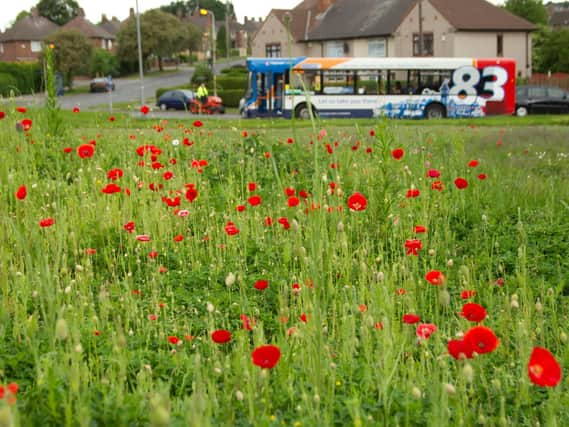

Heritage Lottery Fund project ‘Nature Counts’ drew on the power of thousands of amateur environmentalists across the city to produce the State of Sheffield Nature 2018.
The report highlights much for the city to be proud of, including extensive woods, well managed natural habitats and a host of dedicated wildlife groups.
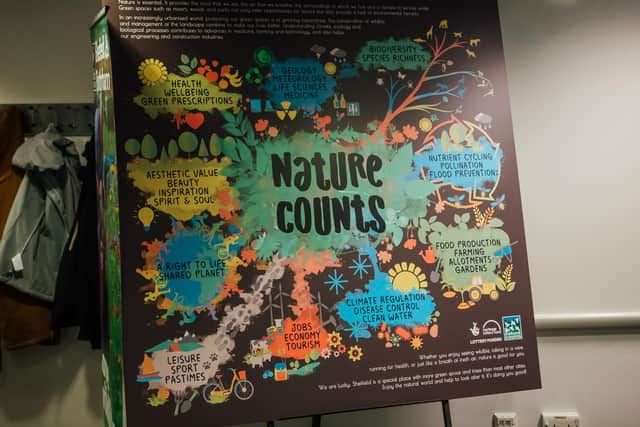

Advertisement
Hide AdAdvertisement
Hide AdBut, the authors warn, the report is only a ‘snapshot’ of the current picture - and more work needs to be done to ensure Sheffield stays this way.
Sara Blackburn, lead author and editor of the report, said: “What has really come out of the report is all Sheffield has to offer.
“We have a huge variety of habitats and a huge variety of species. And there are lots of positive success stories like the return of the otter.
“Also, 99 per cent of Sheffield’s sites of special scientific interest (SSRIs) are in good or improving condition.
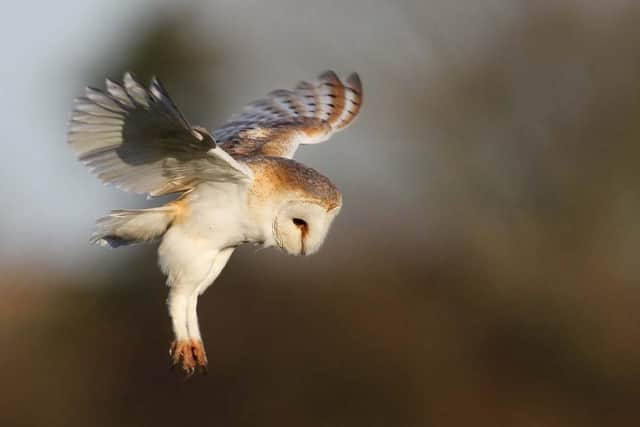

Advertisement
Hide AdAdvertisement
Hide Ad“Overall, the standing of Sheffield in terms of the quality of our wildlife and how well we are able to protect it is good.”
The report showcases the wide variety of habitats that Sheffield boasts, from moorlands and uplands in the west, through to grasslands and farmlands, rivers and reservoirs in the district’s centre, and the wooded urban landscape in the east.
The whole process took two years to complete including the collection of all the data and the collation of the final report, which took six months.
Sara said it was ‘impossible’ to put a figure on the number of people who have helped produce it, but said it would likely number in the thousands.
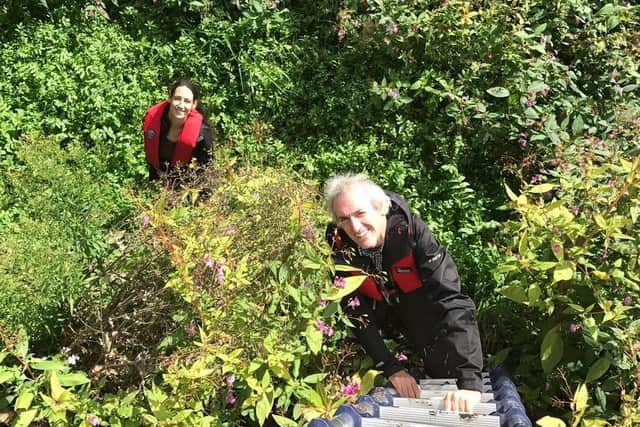

Advertisement
Hide AdAdvertisement
Hide Ad“There’s also a huge appetite for citizen science in Sheffield,” she said.
“Nearly 500 people helped us map the distribution of hedgehogs across the city and over 20 dedicated people helped us collect over 120 field signs of otter along 24km of the river Don.”
“The amount of people in Sheffield who are interested in understanding our wildlife is something that we should be really proud of.”
“The case studies we’ve included have been a way we have been able to highlight lots of positive work.”
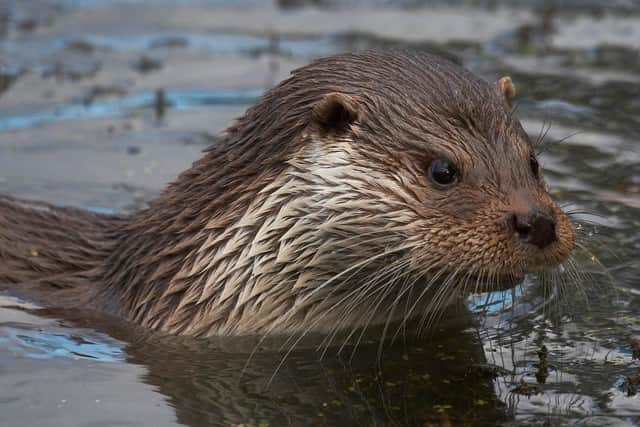

Advertisement
Hide AdAdvertisement
Hide AdCase studies featured in the report include closer looks at topics as diverse as butterflies in Sheffield’s changing urban environment, long-tailed tits in the Rivelin valley, and a fungi survey of Greno woods.
“The report isn’t meant to be overly technical - we wanted it to be something everyone could relate to,” said Sara.
“But it does show that we still don’t know enough - so its work will now continue though a new project called Data for Nature, which will hopefully help address that.
Sara’s enthusiasm for the report was shared by Professor Philip Warren from the Department of Animal and Plant Sciences at the University of Sheffield, who was also a member of the Nature Counts steering group.
Advertisement
Hide AdAdvertisement
Hide AdHe said: “Most of what we know about what is happening to our biodiversity in Sheffield is through the efforts of hundreds of naturalists, recorders and researchers who dedicate much time and effort to documenting where species are found from year to year.
“A report such as this is vital in bringing all that information together to see the bigger picture of how our wildlife is faring, what is changing, and where we should be targeting our efforts to conserve the biodiversity in our own backyard.”
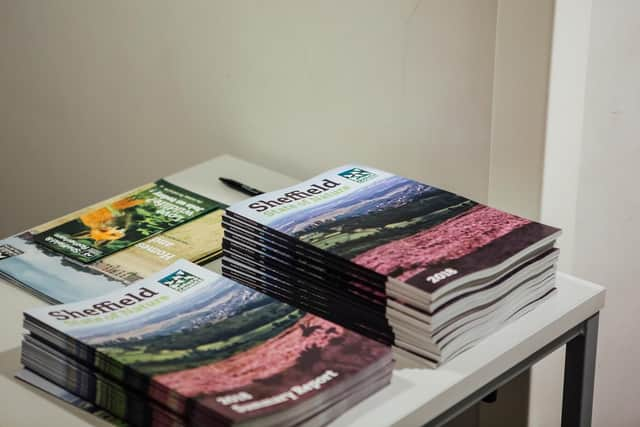

For more information and to download the full or summary version of the report, visit wildsheffield.com/stateofnature.
Key findings
Over a third of Sheffield is covered by sites that are protected to some extent, with the amount positively managed or in a favourable condition for wildlife consistently increasing. Over 100 local wildlife sites, however, are still in need of better management.
Advertisement
Hide AdAdvertisement
Hide AdAn impressive 16 per cent of Sheffield is wooded, far higher than the UK average of 10 per cent, and over 90 per cent of Sheffield’s residents have access to a large area of woodland within 4km of their home.
Sheffield’s woodland birds are doing well but farmland birds represent 4 of the 5 most severe declines in local bird species, mirroring a national trend.
26 out of Sheffield’s 31 fish species have recolonised or been reintroduced to the city’s rivers and otters have returned to the Don, thanks to tireless efforts to improve its water quality.
There is a need to better understand how local wildlife and habitats are faring in the long term. Despite having a wealth of information, gaps in the data make it difficult for to identify and report, with confidence, changes over time. Many habitat areas are known but unmapped, and so unprotected, leaving them vulnerable to degradation.
Advertisement
Hide AdAdvertisement
Hide AdOngoing collaboration between local groups, landowners and land managers – as well as cementing the value of wildlife to the public – is key for the future protection of Sheffield’s wildlife and wild spaces.